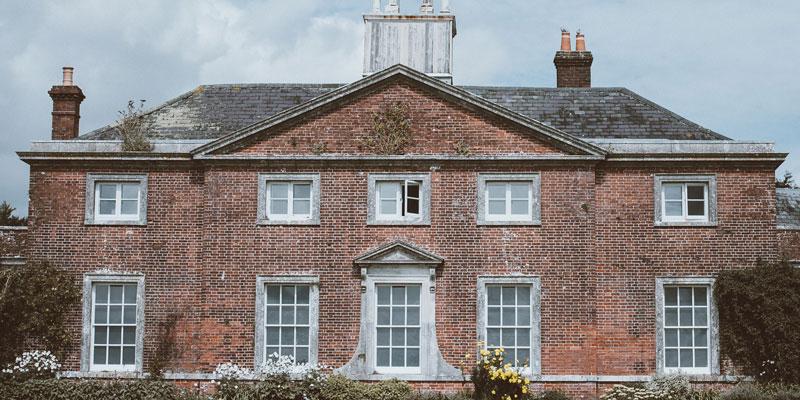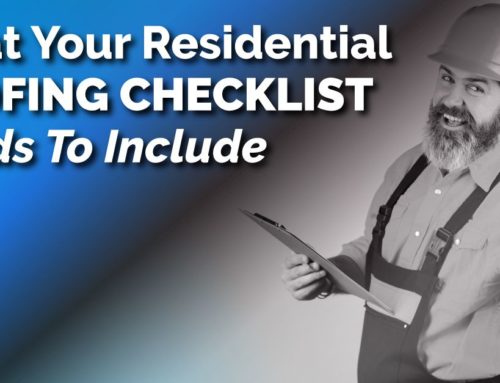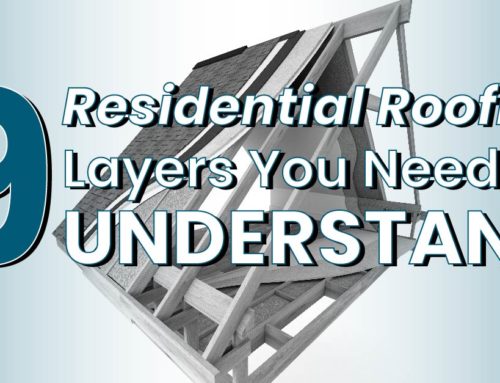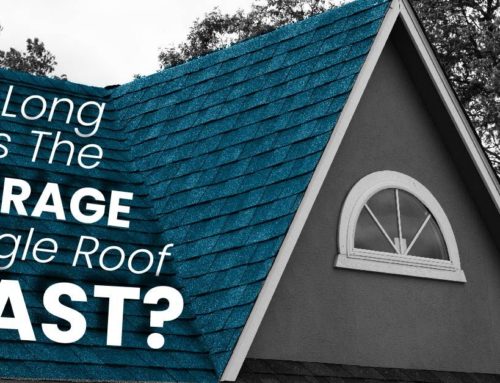The majority of roofing support problems come from unsupported weight. Whether the strutting beams are the wrong size from initial building construction or the wood has weakened due to water exposure over the course of several years, weight is not being evenly and adequately upheld on a poorly supported roof. Some roofing problems are less direct: the roof braces and struts are sufficient, but they aren’t on load-bearing walls. Not only will this lead to roof damage, but it also causes damage to the walls and floors of the building.

How can you spot signs of roof support problems?
Some signs are obvious indications of damage, like splintering or worn wood and water damage. You can also detect potential roofing concerns by looking at the roof from the ground level. If the edge of the roof sags along portions of the perimeter or you notice wavy patches along the face of the roof, it’s time to call an expert for an inspection for possible damage that may require repair or replacement. You can also see signs inside your building if the roof isn’t loaded onto strong enough walls. The upstairs floor will sag, walls will lean, and windows or doors won’t open and close easily due to malalignment from a warped structure and frame. These are critical signs to look out for, as they may be onsets of impending foundation damage.
If you spot any signs of roofing trouble, call in a professional, trusted roofing company. Temperature shifts and time can escalate the problem, so catching the signs and repairing a roof before any part of the structure collapses is key. Contact Midwest Roofing to schedule an inspection or to learn more about your roof and how it can provide insight on warning signs of potential damage.






